When starting to learn Norwegian, you soon realise that Norway has a rich set of regional dialects. Let's take a look up north.
My first encounter with the nordnorsk (north Norwegian) dialect was in 2015.
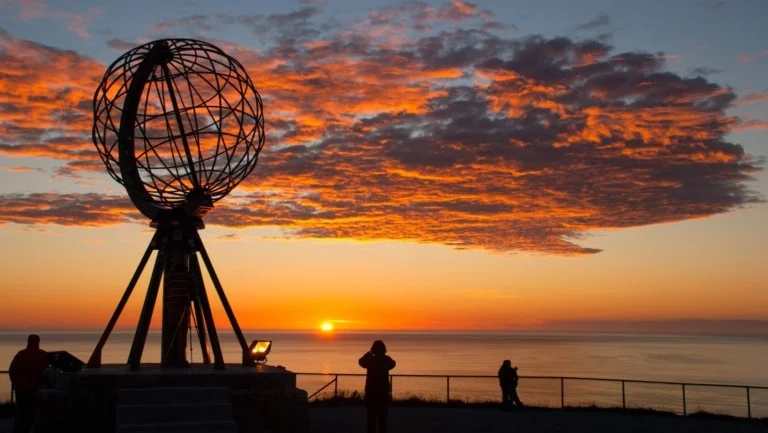
I was studying at the University of Oslo as an exchange student and had volunteered at a student café to try and immerse myself in the language (and hopefully make some Norwegian friends by bribing them with coffee).
Love at first syllable?
When I turned up for my shift, my fellow volunteer turned and greeted me with a friendly:
“Kossen går det?” aka “How’s it going?”
Prior to moving to Oslo, I had already spent two years studying Norwegian at my home university and up to this point had been cautiously optimistic about my language ability.
However, like most people who learn Norwegian, I had mainly been exposed to the Oslo dialect, which would phrase the question as “Hvordan går det?” (or potentially “Åssen går det?”), and I was woefully unprepared for the sheer variety of Norwegian dialects.
After a few seconds of me opening and closing my mouth like a fish blowing bubbles rather than producing actual human noises, the volunteer rephrased:
Learn Norwegian Now: Norwegian Class 101 / The Mystery of Nils
“Kordan går det?” which was closer to the Oslo dialect but my brain had already spiralled beyond help. I managed to stutter out an apologetic explanation that I was still learning Norwegian, to which the volunteer smiled and immediately switched to English.
So much for immersing myself in the language. Still, as embarrassed as I am looking back on it, it couldn’t have been that bad as that volunteer is now my partner of five plus years and nordnorsk is now one of my favourite Norwegian dialects.
What is nordnorsk?
Technically, there is no one “official” Norwegian language. There are two official written forms: bokmål and nynorsk, and countless spoken dialects.
“Nordnorsk” (Northern Norwegian) is an umbrella term that encompasses all the different dialects spoken in the two northernmost counties of Nordland and Troms og Finnmark.
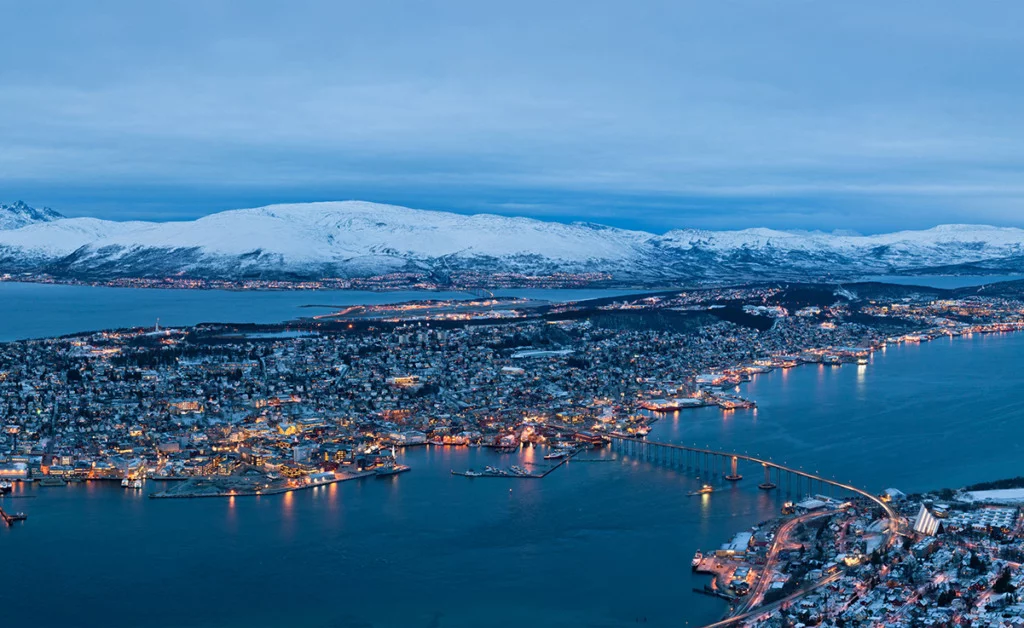
While these nordnorsk dialects have a lot of similarities, they also have differences, such as the pronunciation of “jeg” (I). Therefore, I should clarify that my experience of nordnorsk is mainly through the Harstad dialect, where my partner is from.
Nordnorsk pronunciation
Differences in pronunciation are a key feature of dialects. Some of the pronunciation differences I’ve noticed my partner use compared to the Oslo dialect include:
“Noka” / “no’an” instead of “noe” / “noen” (something / someone)
“Ikkje” instead of “ikke” (negative adverb)
“Meir” instead of “mer” (more)
“E” instead of “er” (is / are)
One of the most famous examples of nordnorsk pronunciation is “fesk” instead of “fisk” (fish), which became popular throughout Norway due to an advert for Lofoten fish burgers.
However, pronunciation can vary greatly between nordnorsk dialects throughout the region.
For example, the Finnmark dialect is so clear that it has been described as “spoken bokmål” (though this is not entirely accurate), while the Mo i Rana dialect is a bit thicker and has features that remind me more of nynorsk (such as “kva” instead of “hva” and “korleis” instead of “hvordan”).
In addition, my partner and his Harstad family enjoy poking good-natured fun at the Narvik dialect for being nasal, even though the two places are less than a two-hour drive away from each other and technically included in the same dialect group of “Sør-Troms, Vesterålen og Ofoten”.
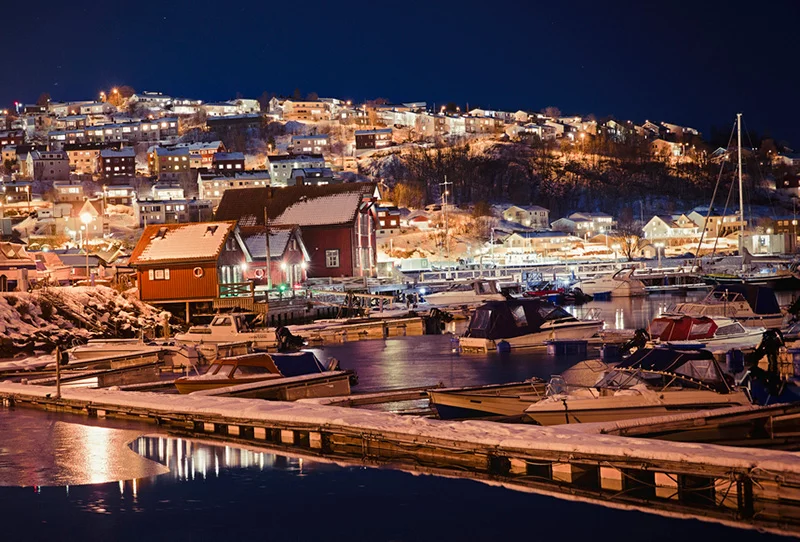
Writing in North Norway
Nordnorsk is purely a spoken language, and the majority of people in the North use bokmål rather than nynorsk as their main written language.
However, people will sometimes use spellings that more closely reflect their pronunciation for informal writing and messages. This means that when I get a Facebook message from one of my partner’s family members, I often need to read it outloud to understand what it says.
Older writing also uses spellings that reflect pronunciation. This can be particularly seen in collections of folk tales, which were passed down via an oral tradition long before they were recorded in writing.
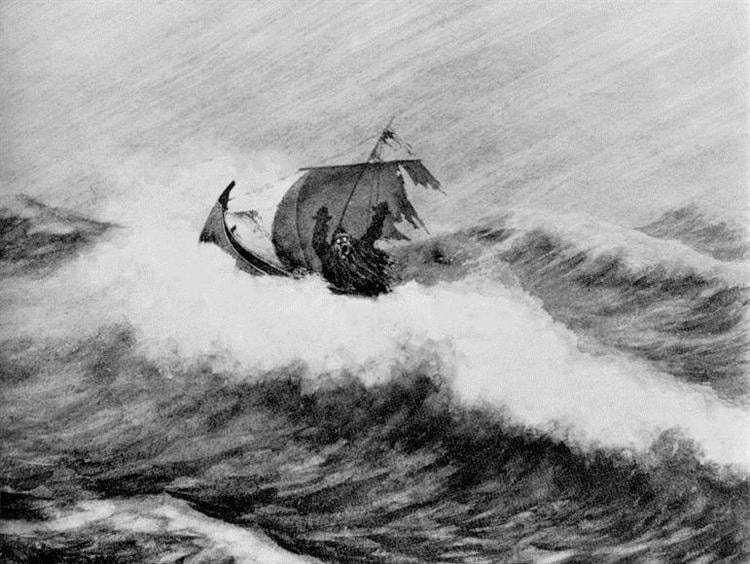
Even my partner struggled a little with reading the various accounts of the Northern Norwegian folk tale “Sjødraugene og landdraugene” (the Sea Draug and the Land Draug).
Read more: A Fairy-Tale Traveller’s Guide to Norway
Examples of nordnorsk words
The most difficult part of the nordnorsk dialect are the different words. However, while pronunciation can vary, these words do tend to be shared across nordnorsk dialects, so once you know them, you can use them throughout the region.
Some of the most common words include:
| Nordnorsk | Bokmål | English |
| Læsta | Ullsokker | Woollen socks (usually knitted) |
| Skåltjn | Hode | Head |
| Skank | Fot | Foot |
| Nævva | Hender | Hands |
| Ka farsken | Hva faen | What the hell (can be a stronger swear word depending on the situation) |
For more words, check out the Nordnorsk ordliste.
Nordnorsk songs
It goes without saying that the best place to hear nordnorsk is in Northern Norway. However, if you can’t get there, one of the next best places is in songs by Northern Norwegian artists. Some of my favourites include:
Er du nord – Kari Bremnes (from Svolvær):
| Nordnorsk | Bokmål | Direct English translation |
| E du Nord i landet vårt Har du meir enn ei ferje og miste Du e ikkje den første som ho går i fra Og du bli ikkje heller den siste | Er du nord i landet vårt Har du mer en ei ferge å miste Du er ikke den første som hun går i fra Og du blir ikke heller den siste | Are you north in our land Do you have more than a ferry to miss You’re not the first (person) she is leaving And you won’t be the last (one) either |
Mannen i ausa – Moddi (from Senja):
| Nordnorsk | Bokmål | Direct English translation |
| Hu hei se en anna vei Tungsjyen* maule og male, Mannen i Ausa betale | Hu hei, se en annen vei, Tungsjyen mauler og maler, Mannen i Ausa betaler | Ho hey, look the other way The swell is churning and grinding The man in Ausa is paying |
*Tungsjy is a dialectal word that refers to a “heavy swell after a storm”.
Æ e’ nordlending æ! – Unit Five (from Hammerfest):
| Nordnorsk | Bokmål | Direct English translation |
| Æ e nordlending æ, kossen e det med dæ? E du fostra opp på tørrfesk sånn som æ? E du sindig og kan spøtt? Like du alt som e sprøtt? Når du e sint kan du behersk dæ sånn som æ? | Jeg er nordlending jeg, hvordan er det med deg? Er du fostret opp på tørrfisk sånn som jeg? Er du sindig og kan spitte? Liker du alt som er sprøt? Når du er sint kan du berherske deg som jeg? | I am a Northerner I, what about you? Were you brought up on dried fish like I (was)? Are you level-headed and can spit? Do you like all things crazy/crunchy? When you’re angry, can you control yourself like I (can)? |
There’s no place like the North (of Norway)
North Norway is a beautiful place with plenty of breathtaking natural attractions and fascinating cultural experiences, and we absolutely recommend a visit!
And now you know some nordnorsk words, you can listen out for them and maybe try them out yourself. Maybe your efforts will even get you a free cup of coffee (but don’t quote me on that!).
Learn Norwegian Now: Norwegian Class 101 / The Mystery of Nils
Do you have a favourite Norwegian dialect? Have you been to North Norway? Let me know in the comments!

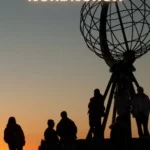

I enjoyed reading about Northern Norwegian dialect. I have a soft place in my heart for this dialect because that’s the first type of Norwegian that I learned when I was in Tromsø as an exchange student.
Now ( 40 years later), when I hear Norwegian spoken, I have a hard time understanding unless it’s Northern dialect.
Hi. I am from Tromsø and live in Bodø. I have never heard any North Norwegian say “fæsk” (=fish). Everybody i know say “fesk”, or they might use the written form “fisk”.
It is short i, e, and y that might change, and they then become e, æ and ø: fisk=fesk, best=bæst, stykke=støkke
The article started well, but I lost interest when I saw this mistake.
Hi! Sorry about that – spelling mistake on our part! Thanks for letting us know, we’ve corrected the text 🙂
You “lost interest” enough to leave a comment? LOL. Internet trolling at its finest.
Hi. I loved this article! I am from Nord Norge my self. It is super rare to read a foreigners view on Nord Norge since it is all about Oslo and the rest of the cities in the south. I loved your point of view. Hæls’n bæssfar.
I paid a small fortune 60 years ago buying a set of Linguaphone records to learn Norwegian in preparation for the student exchange I was going on to Norway. Once there found everyone spoke fluent English or old Norsk. The language course I’d paid for was in New Norsk. Your article doesn’t mention these two differences in the Norwegian language.Do they actually exist?
Hes. They do indeed exist! The two basic versions of written norwegian is : Bokmål (approx.75%) and Nynorsk (approx. 25%). But more than 50% of norwegians speak dialects. What you refer to as New Norwegian is probably the nynorsk version. This was introduced around 150 years ago by influential people from more remote districts who wished norwegian language to be based more on their dialects than the standardised norwegian language written by the official norway, bureacracy, since this language had received 400 years of influence from the previous danish rulers. So actually:the so called Nynorsk(new Norvegian) try to reactivate older and peripheral language forms! The difference is not very great. But as a majority of norwegians write in the Bokmål (book language) style, there has been a strong language fight going on for more than 120 years!
And the Nord-Norsk is not an official written language, only oral, dialect. They put in much rougher words in their language than they do in the rest of Norway, and it is considered quite appropriate to use curse words in normal talk, which gives their speech a more expressive and baroque flavour.
I find this so very intriguing as I grew up with my grandmother whose parents were from Bodø and were married there shortly before coming to Minnesota in the USA in the late 1800s. Norwegian was her first language and was the language she and her siblings spoke at home. Also, she and my grandfather and their children spoke Norwegian at home. I only learned a few words and short phrases, especially since all the adults didn’t want us kids to know what they were talking about much of the time and so they would speak together in Norwegian so that the kids would be left out of the adult conversation. My grandma would often correspond with her cousins and other relatives in Nordland, mostly in Bodø and Bolga on the island where most of her relatives were from. Later on, in the 1970s, a young woman came to visit from Norway. She spoke Norwegian but my grandmother and her siblings and everyone else had a very difficult time understanding her and she had a very difficult time understanding them. My grandma and other family members could not understand why their way of speaking Norwegian was so different from the way the young woman from Norway spoke. They all had to resort to speaking in English to understand each other.
From what I remember, many of the words my grandmother spoke in Norwegian was much more like Danish even though her parents had come from Bodø and their families had lived in the Bodø area for many generations. I wish she was still living so that I could ask her if any of the words of NordNorsk were familiar to her. I have so often dreamed of visiting Bodø and the surrounding area and seeing where my great grandparents came from and where my Grandma’s cousins and aunts and uncles she wrote to lived.
Besides being born in Minnesota, I also spent much of my life in Alaska and my grandma always felt that Alaska was so very similar to where her family in Norway were from, at least in the part of Alaska where we lived.
I would love to learn more about the dialect of the area of Bodø.
I am a Canadian translator who was lucky enough to visit beautiful Norway two years ago, traveling by ferry and/or plane from Oslo through the fjords all the way to North Cape and Tromso. As our guide happened also to be a musician, we were treated with lovely music along the way and were welcomed into her siblings home. As perhaps you can guess, our two countries have much in common. I enjoyed very much this article and the lovely three songs. I thank you for your contribution who revived a keen desire to start to learn the language and helped me to stay in touch with your country’s indomitable soul.
Interesting. Both of my parents were born in Bardu, which is in previous Troms Fylke or the blended Troms Finnmark. While one would expect the Bardu Dialect to be Nord Norsk, it’s not. I believe the same is true for Målselv. Bardu was first colonized in 1791, by settlers from Tynset/Alvdal, Hedemark Fylke. The Bardu dialect is most similar to the Norsk spoken in that area. “Østlandet dialekten” is what it’s known as, I think. I understand the Bardu Dialect has evolved somewhat, however ….. . My paternal grandfather and maternal grandmother both were born and raised in Dyrøy/Dyrøya, respectively. My maternal grandfather was born in Bardu to Swedish/Kven parents. Interestingly, both of my parents spoke with the Bardu Dialect. I’m born and raised in Canada. The area I was born/raised in is what I call a “Mini Bardu”. English is my main mother tongue, however my parents spoke Norwegian, in our home, as did my aunties/uncles people in our area. I’ve also been to Bardu four times and Bardu people have been here to visit many times. When in Bardu, we were often told that we spoke such a “pure Norsk”. I remember how slowly and distinctly some of those old Bardu folks spoke. ….easy to understand. We’d call the dialect spoken by our friends/relatives from Dyrøy and Tromsø, etc. ….the “Sea Dialect” or “Sjødialekt” på Norsk. We, the kids found it humourous, as to us it was rather sing/songy.
Love your article as I sit in my family’s stue in Fauske (Nordland) reading it on holiday. Sad to leave back to California, but looking forward to coming back. I’ve only known Nord-Norsk since a child, when in the south I struggle to understand anyone 🤦🏼♀️
Thoroughly enjoyed your article. I have been to my each of my maternal grandparents’ heimplass in Sørfold, Nordland on two occasions, and hearing the local dialect, it immediately rang familiar bells. It is how I would prefer to speak Norwegian, as a tribute to my heritage.
Like other languages my Norwegian was picked up “on the streets” just being with people. I started off working close to Sulitjelma in Fauske herad. (Later I had a work colleague from Bodo but couldn’t understand him!). Going to Bergen I had a big problem in a shop over Syve to Sjue and tyve to tjue (that is the pronunciation of seven and twenty). Later I spent many months skiing based on Finse and going up into Jotunheimen and southwards towards Rjuken. A right mix of dialects and incredible leaves!!!! The crazy thing was one night at Finse there was a Norwegian Dr Henry Higgins who was going round telling everyone where they came from; apparently I come from Bo in Lofoten and not England/Ireland!!!!!!!!!. The locals knew the truth of course.